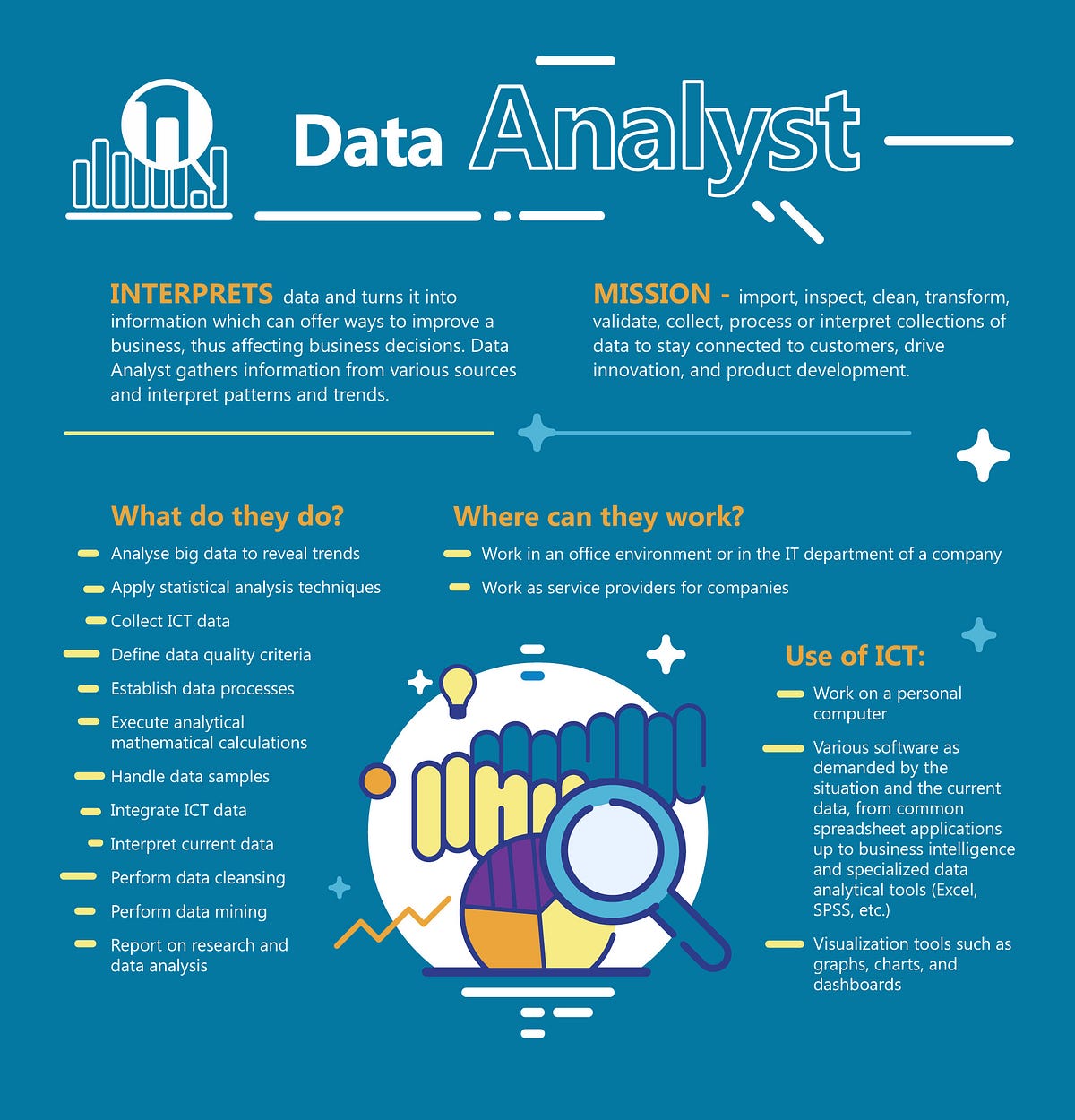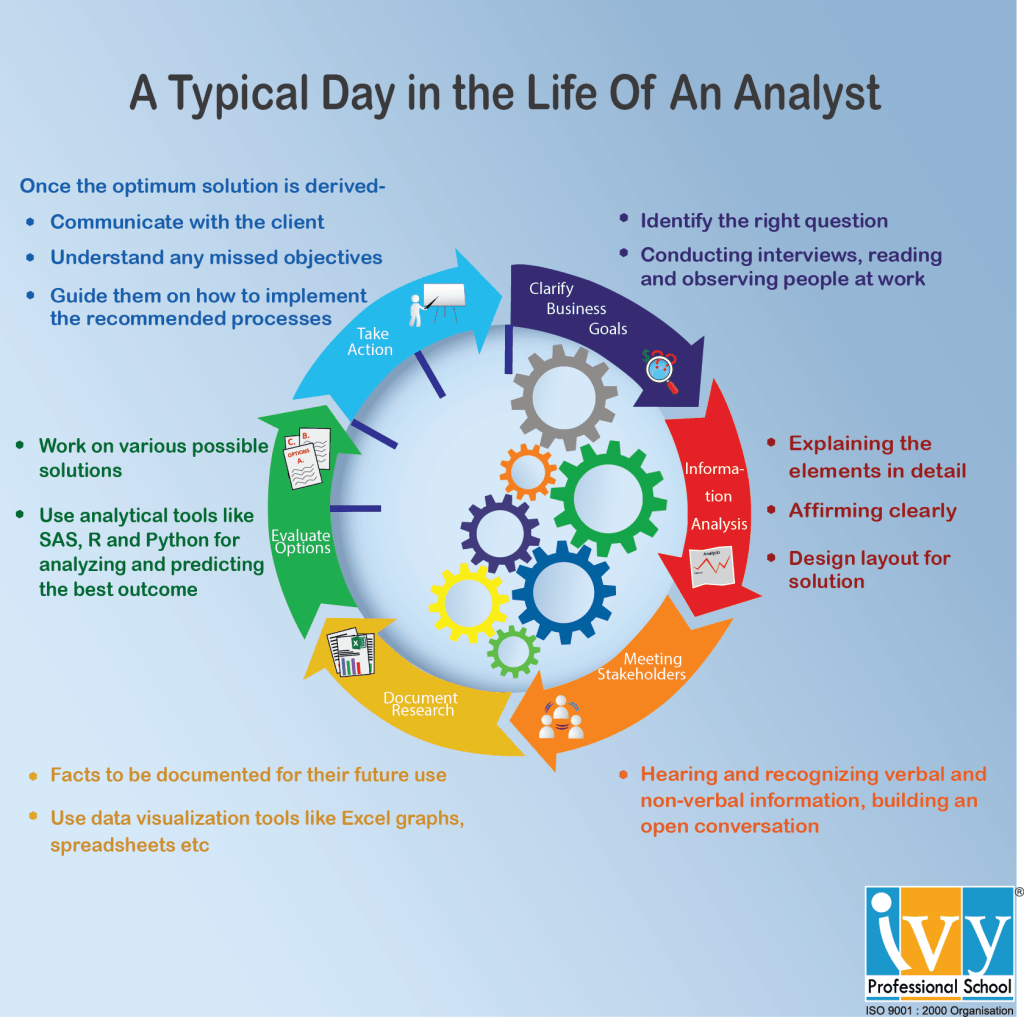Data Analyst Day In Life Hectic With Lots Of Work

The life of a data analyst, often perceived as a serene realm of numbers and insights, is in reality a dynamic and demanding landscape. A typical day is a whirlwind of data wrangling, analysis, and communication, leaving many analysts feeling the pressure of constant deadlines and evolving business needs.
Data Analyst Day provides a crucial lens through which to understand the realities of this increasingly vital profession. Understanding the daily pressures and responsibilities of a data analyst is important for aspiring professionals and those who work with them to better understand the importance of data analysis.
The Morning Rush: Data Acquisition and Cleaning
The day often begins with a review of incoming data streams. This could involve monitoring databases, scraping web sources, or receiving data from various departments within the organization.
A significant portion of the morning is then dedicated to data cleaning and preparation. According to a recent survey by O’Reilly, data scientists and analysts spend approximately 60% of their time cleaning and organizing data.
This involves identifying and correcting errors, handling missing values, and transforming data into a format suitable for analysis.
Midday Mayhem: Analysis and Interpretation
Once the data is clean, the real analysis begins. Analysts use a variety of tools, including SQL, Python (with libraries like Pandas and NumPy), and statistical software like R or SPSS, to explore data patterns.
This often involves conducting statistical tests, building predictive models, and creating visualizations to identify trends and anomalies. The pressure to deliver timely and accurate insights is constant.
Analysts are often juggling multiple projects simultaneously, each with its own set of deadlines and requirements.
Constant Learning and Adaptation
The field of data analysis is constantly evolving, requiring analysts to stay abreast of new technologies and methodologies. Many analysts dedicate time each day to learning new tools, techniques, and best practices.
This could involve taking online courses, attending webinars, or reading industry publications. Continuous learning is not just an option; it's a necessity for staying competitive in this field.
Afternoon Hurdles: Communication and Collaboration
The afternoon often shifts focus to communicating findings and collaborating with other stakeholders. This may involve creating presentations, writing reports, or participating in meetings to discuss data insights and recommendations.
Analysts need to be able to explain complex data in a clear and concise manner to both technical and non-technical audiences. Effective communication is crucial for translating data into actionable business decisions.
Collaboration with other teams, such as marketing, sales, or product development, is also essential. Analysts work with these teams to understand their needs and tailor their analyses to address specific business challenges.
"Data analysts are the bridge between raw data and informed decisions," says Dr. Anya Sharma, a leading data science professor at Stanford University. "Their ability to extract meaningful insights from complex datasets is critical for organizations seeking to gain a competitive edge."
Evening Efforts: Final Touches and Preparation
As the workday winds down, analysts often spend time finalizing reports, preparing for upcoming meetings, and planning for the next day's tasks. There can be a need to update dashboards or refine models based on new information.
The role can be demanding, and analysts must manage their time effectively to avoid burnout. Maintaining a healthy work-life balance is a challenge, especially during periods of high workload or tight deadlines.
However, the ability to contribute to strategic decision-making and positively impact business outcomes can be highly rewarding.
The Human Element: Stories from the Field
Sarah Chen, a data analyst at a major e-commerce company, describes a typical day as "a rollercoaster of data challenges and analytical breakthroughs." She emphasizes the importance of problem-solving skills and the ability to think critically under pressure.
Another analyst, Mark Johnson, notes the crucial role of teamwork. "Data analysis is rarely a solitary pursuit. Collaboration with other analysts and domain experts is essential for uncovering the full story behind the data."
The Significance and Impact
Understanding the hectic life of a data analyst is vital for attracting and retaining talent in this growing field. Organizations need to provide analysts with the resources and support they need to succeed, including access to cutting-edge tools, training opportunities, and a supportive work environment.
By recognizing the challenges and rewards of this profession, we can better appreciate the crucial role data analysts play in driving innovation and informing decision-making across industries.
The future of business is inextricably linked to the ability to effectively harness the power of data, and data analysts are at the forefront of this revolution.


















